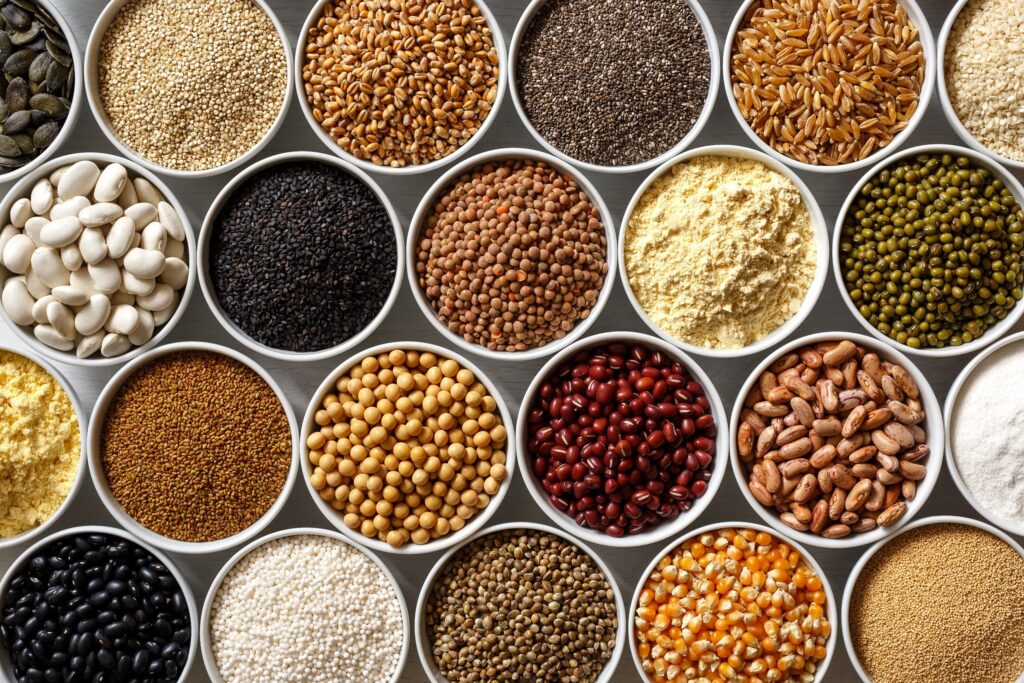In the interest of securing good luck for 2011, I made a kicky black-eyed pea dip for my friend’s Rose Bowl gathering. The dip went over well, and I’ll be posting the recipe tomorrow (once I’ve had the chance to tweak it).
Since I like to learn about what I’m eating these days, though, I did a little research and discovered that there’s more to black-eyed peas than meets the eye.
I started my research innocently enough by looking up black-eyed peas in the encyclopedic tome Vegetables from Amaranth to Zucchini. Apparently these peas have a split personality (heh), because no entry exists for black-eyed peas per se. Instead, I was instructed to “see southernpea.” (Yep, all one word.) Southernpea, however, is actually just another name for cowpea, of which black-eyed peas are but one type. (Another is the ‘pinkeye pea.’ Sorry, but ew.)
So black-eyed peas are cowpeas. Where on earth did the name “cowpea” come from? I Googled it, and to my surprise, there on the first page of results was a Science Daily article trumpeting—I kid you not—highlights of not the first, not the second, but the fifth World Cowpea Research Conference.
I’ve said it before, and I’ll say it again: there’s a niche for everyone.
So shocked was I that cowpeas (which until moments prior I’d never heard of) had their own international research conference, that I mentioned it offhand to my hubby. Who, incidentally, had no idea I was doing veggie research.
“Hey hon, did you know there’s an annual World Cowpea Research Conference?”
“Cow pee?” he said, looking up from his laptop and blinking at me confusedly. “Like p-e-e? There’s a conference for that?”
I lost it; I dissolved right into a puddle of laughter. (What can I say: homonyms udderly amuse me.) Actually, I think it was imagining just who would attend a world cow pee research conference—what might they do in their spare time?—that did me in.
But I digress. After pulling myself together, I discovered there are actually compelling reasons for cowpeas to have their own conference. They are high in protein; they thrive in hot, dry conditions; their stalks and leaves make good animal fodder (purportedly the origin of the term cowpea); and they enrich the soil with nitrogen. Consequently they hold promise for helping alleviate hunger in developing countries (particularly in parts of Africa where the climate is suitable.)
Given these little peas’ big potential—as well as their “lucky” properties—I advise eating lots of them. (Specifically, in the form of sassy black-eyed pea dip with roasted poblano pepper. Check out the recipe here!)




 I'm Lee, an RD thriving on a healthy plant based diet.
I'm Lee, an RD thriving on a healthy plant based diet.
Has anyone heard black eyed peas call “coppers” ?